NSA Spied on Pakistan – 2016 : exploited by malware
August 22, 2016India : submarine data leaked
August 24, 2016A Memorable SECONDDATE
(NSA Malware Pakistan)
The United States’ clandestine National Security Agency (NSA) allegedly spied on top civil-military leadership in Pakistan using malware.
The file appears to be a ‘top secret’ presentation originating from the NSA’s SigDev division.
The offensive tools released by ShadowBrokers are organized under a litany of code names such as POLARSNEEZE and ELIGIBLE BOMBSHELL, and their exact purpose is still being assessed. But we do know more about one of the weapons: SECONDDATE.
Malware SECONDDATE allegedly built by the NSA was used by agency hackers to breach “targets in Pakistan’s National Telecommunications Corporation’s (NTC) VIP Division“, which contained documents pertaining to “the backbone of Pakistan’s Green Line communications network” used by “civilian and military leadership”, according to an April 2013 presentation document obtained by The Intercept.
SECONDDATE is a tool designed to intercept web requests and redirect browsers on target computers to an NSA web server. That server, in turn, is designed to infect them with malware. SECONDDATE’s existence was first reported by The Intercept in 2014, as part of a look at a global computer exploitation effort code-named TURBINE. The malware server, known as FOXACID, has also been described in previously released Snowden documents.
Other documents released by The Intercept today not only tie SECONDDATE to the ShadowBrokers leak but also provide new detail on how it fits into the NSA’s broader surveillance and infection network. They also show how SECONDDATE has been used, including to spy on Pakistan and a computer system in Lebanon.
The top-secret manual that authenticates the SECONDDATE found in the wild as the same one used within the NSA is a 31-page document titled “FOXACID SOP for Operational Management” and marked as a draft. It dates to no earlier than 2010. A section within the manual describes administrative tools for tracking how victims are funneled into FOXACID, including a set of tags used to catalogue servers. When such a tag is created in relation to a SECONDDATE-related infection, the document says, a certain distinctive identifier must be used:
The same SECONDDATE MSGID string appears in 14 different files throughout the ShadowBrokers leak, including in a file titled SecondDate-3021.exe. Viewed through a code-editing program (screenshot below), the NSA’s secret number can be found hiding in plain sight:
All told, throughout many of the folders contained in the ShadowBrokers’ package (screenshot below), there are 47 files with SECONDDATE-related names, including different versions of the raw code required to execute a SECONDDATE attack, instructions for how to use it, and other related files.
.
After viewing the code, Green told The Intercept the MSGID string’s occurrence in both an NSA training document and this week’s leak is “unlikely to be a coincidence.” Computer security researcher Matt Suiche, founder of UAE-based cybersecurity startup Comae Technologies, who has been particularly vocal in his analysis of the ShadowBrokers this week, told The Intercept “there is no way” the MSGID string’s appearance in both places is a coincidence.
Where SECONDDATE Fits In
This overview jibes with previously unpublished classified files provided by Snowden that illustrate how SECONDDATE is a component of BADDECISION, a broader NSA infiltration tool. SECONDDATE helps the NSA pull off a “man in the middle” attack against users on a wireless network, tricking them into thinking they’re talking to a safe website when in reality they’ve been sent a malicious payload from an NSA server.
According to one December 2010 PowerPoint presentation titled “Introduction to BADDECISION,” that tool is also designed to send users of a wireless network, sometimes referred to as an 802.11 network, to FOXACID malware servers. Or, as the presentation puts it, BADDECISION is an “802.11 CNE [computer network exploitation] tool that uses a true man-in-the-middle attack and a frame injection technique to redirect a target client to a FOXACID server.” As another top-secret slide puts it, the attack homes in on “the greatest vulnerability to your computer: your web browser.”
One slide points out that the attack works on users with an encrypted wireless connection to the internet.
That trick, it seems, often involves BADDECISION and SECONDDATE, with the latter described as a “component” for the former. A series of diagrams in the “Introduction to BADDECISION” presentation show how an NSA operator “uses SECONDDATE to inject a redirection payload at [a] Target Client,” invisibly hijacking a user’s web browser as the user attempts to visit a benign website (in the example given, it’s CNN.com). Executed correctly, the file explains, a “Target Client continues normal webpage browsing, completely unaware,” lands on a malware-filled NSA server, and becomes infected with as much of that malware as possible — or as the presentation puts it, the user will be left “WHACKED!” In the other top-secret presentations, it’s put plainly: “How do we redirect the target to the FOXACID server without being noticed”? Simple: “Use NIGHTSTAND or BADDECISION.”
The sheer number of interlocking tools available to crack a computer is dizzying. In the FOXACID manual, government hackers are told an NSA hacker ought to be familiar with using SECONDDATE along with similar man-in-the-middle wi-fi attacks code-named MAGIC SQUIRREL and MAGICBEAN. A top-secret presentation on FOXACID lists further ways to redirect targets to the malware server system.
To position themselves within range of a vulnerable wireless network, NSA operators can use a mobile antenna system running software code-named BLINDDATE, depicted in the field in what appears to be Kabul. The software can even be attached to a drone. BLINDDATE in turn can run BADDECISION, which allows for a SECONDDATE attack:
Elsewhere in these files, there are at least two documented cases of SECONDDATE being used to successfully infect computers overseas: An April 2013 presentation boasts of successful attacks against computer systems in both Pakistan and Lebanon. In the first, NSA hackers used SECONDDATE to breach “targets in Pakistan’s National Telecommunications Corporation’s (NTC) VIP Division,” which contained documents pertaining to “the backbone of Pakistan’s Green Line communications network” used by “civilian and military leadership.”
In the latter, the NSA used SECONDDATE to pull off a man-in-the-middle attack in Lebanon “for the first time ever,” infecting a Lebanese ISP to extract “100 MB of Hizballah Unit 1800 data,” a special subset of the terrorist group dedicated to aiding Palestinian militants.
SECONDDATE is just one method that the NSA uses to get its target’s browser pointed at a FOXACID server. Other methods include sending spam that attempts to exploit bugs in popular web-based email providers or entices targets to click on malicious links that lead to a FOXACID server. One document, a newsletter for the NSA’s Special Source Operations division, describes how NSA software other than SECONDDATE was used to repeatedly direct targets in Pakistan to FOXACID malware web servers, eventually infecting the targets’ computers.
Documents
Documents published with this story:
- NSA Central Security Service: FOXACID SOP for Operational Management of FOXACID Infrastructure (Draft)
- Wireless LAN / CNE Tool Training Course and Evaluation
- NSA: Expeditionary Access Operations: NSA’s Close Access Network Exploitation Program (“CNO Course – EAO”)
- NSA Remote Operations Center: FOXACID Overall Briefing
- NSA SIGINT Development (SIGDEV): SIGINT Development Support II Program Management Review, 24 April 2013 (select slides)

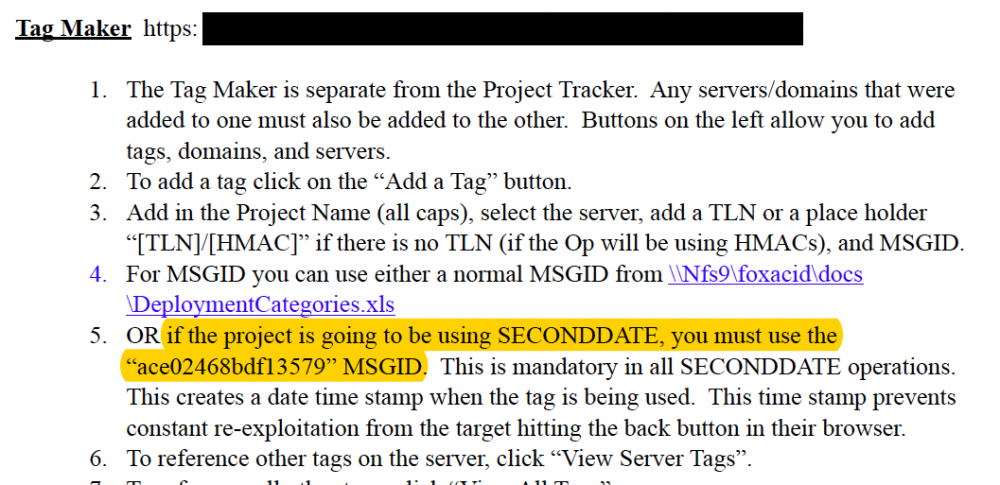
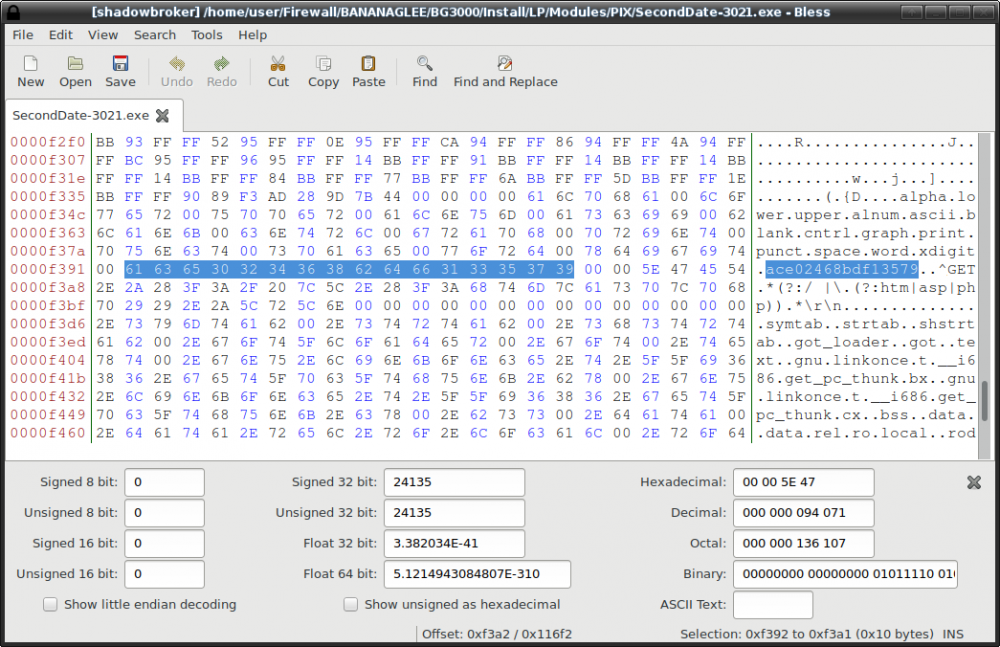
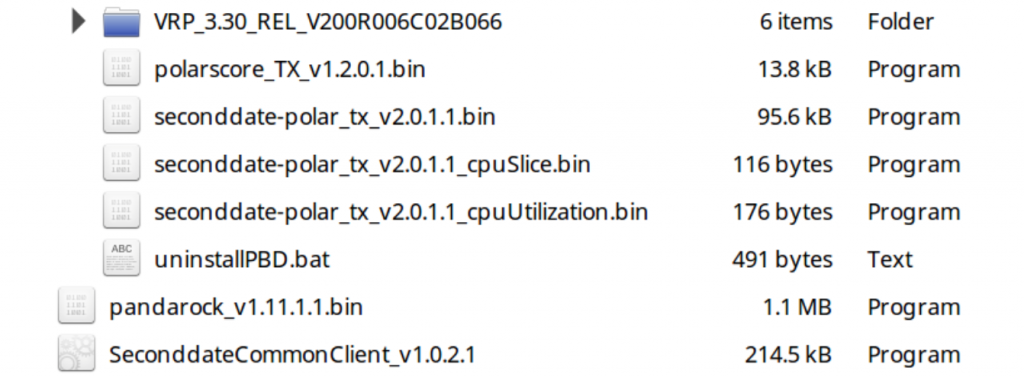
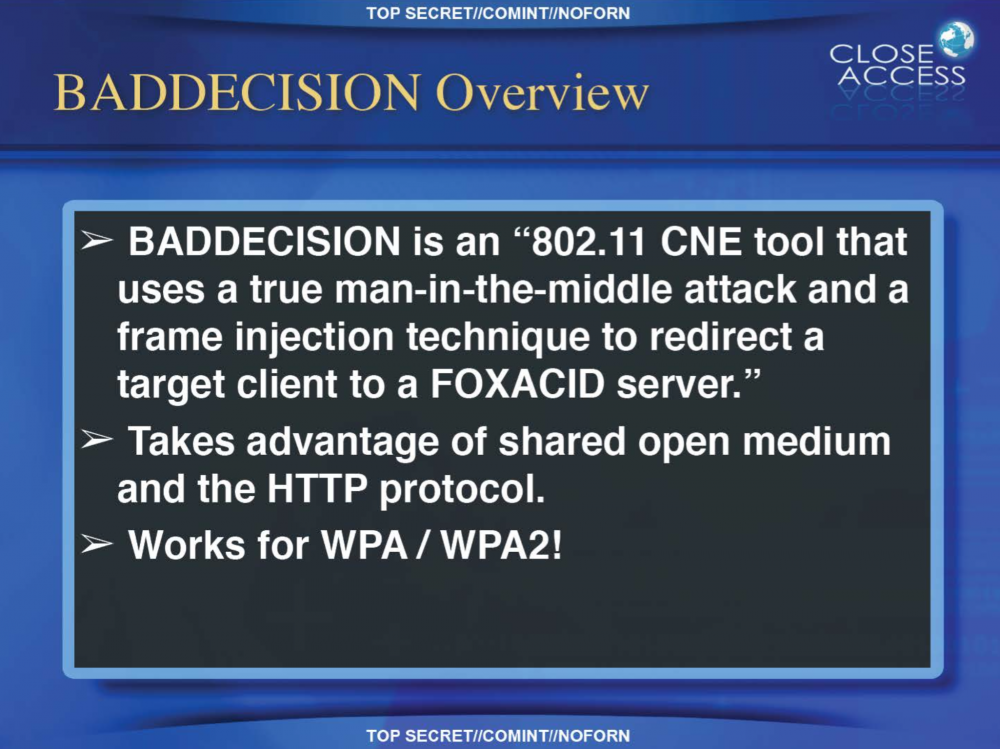
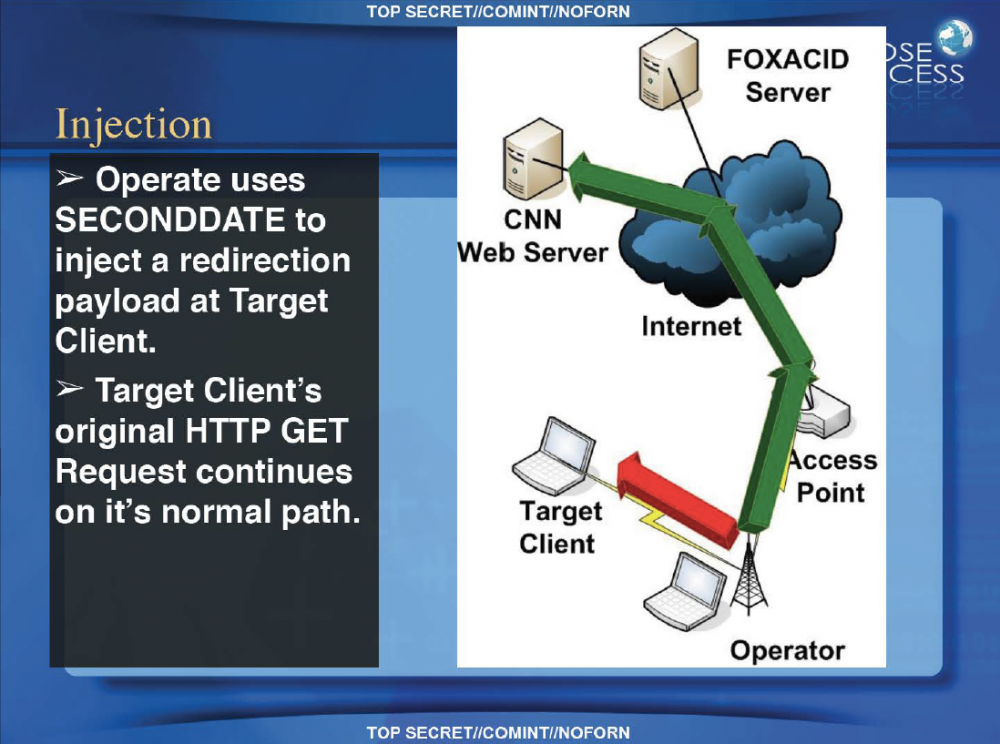
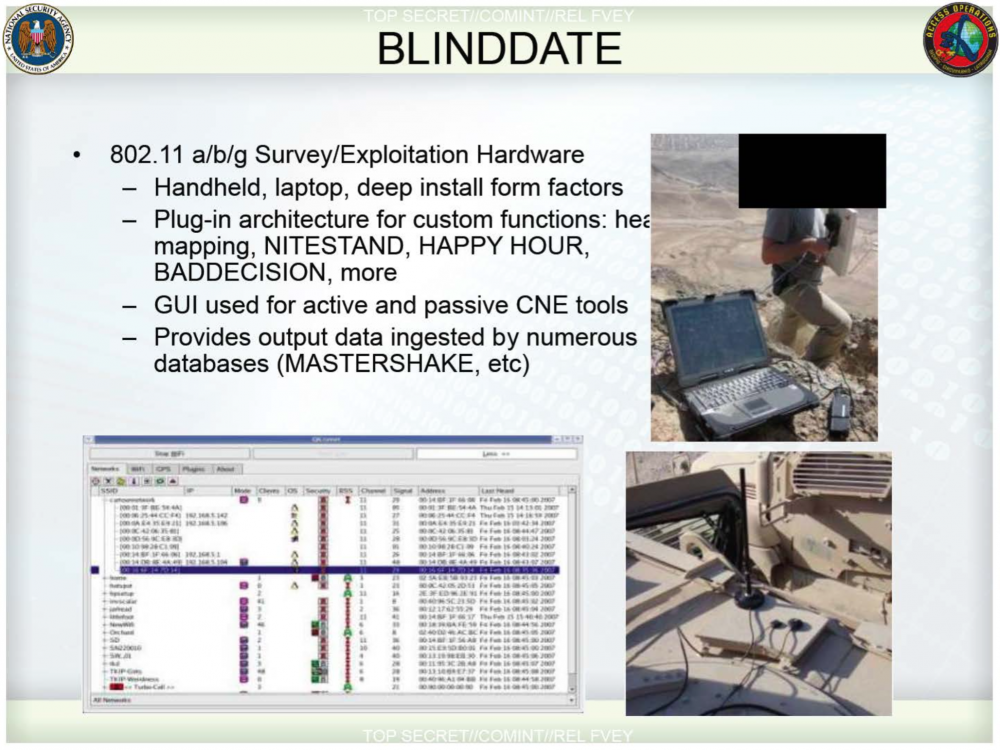
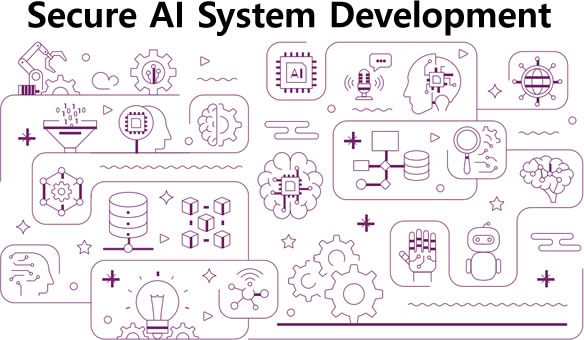
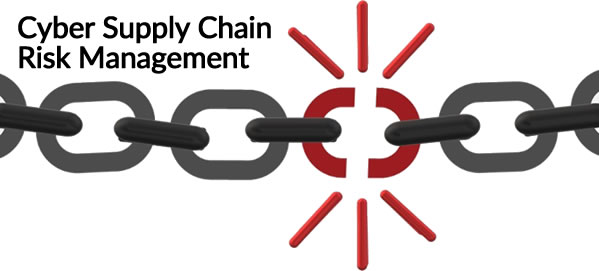


1 Comment
[…] Tier3 previously discussed this breach and its impact in detail article here. […]